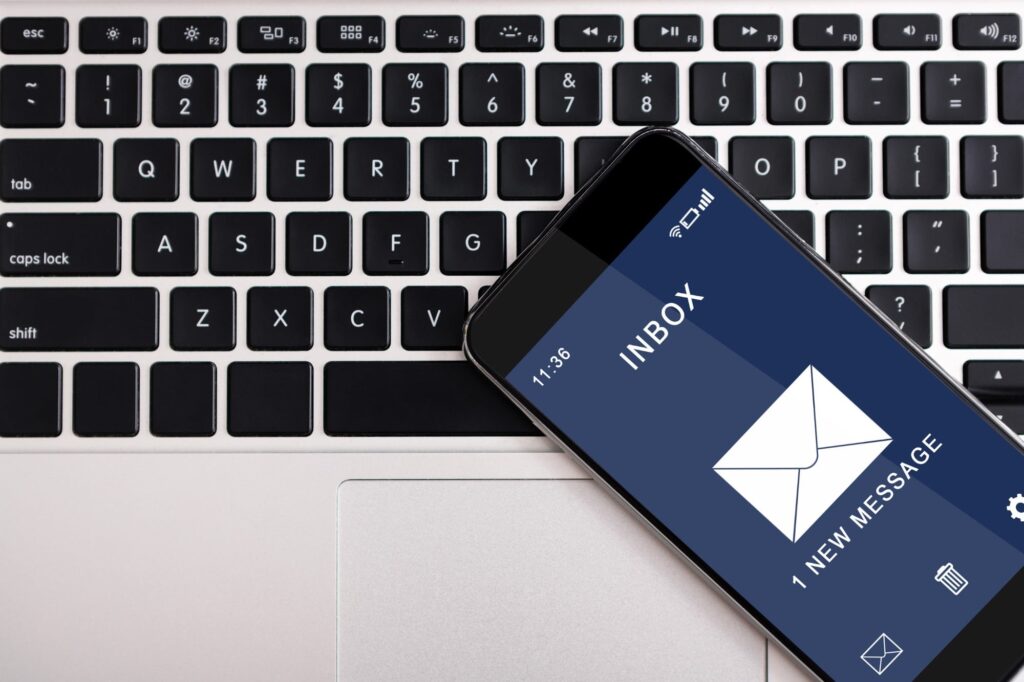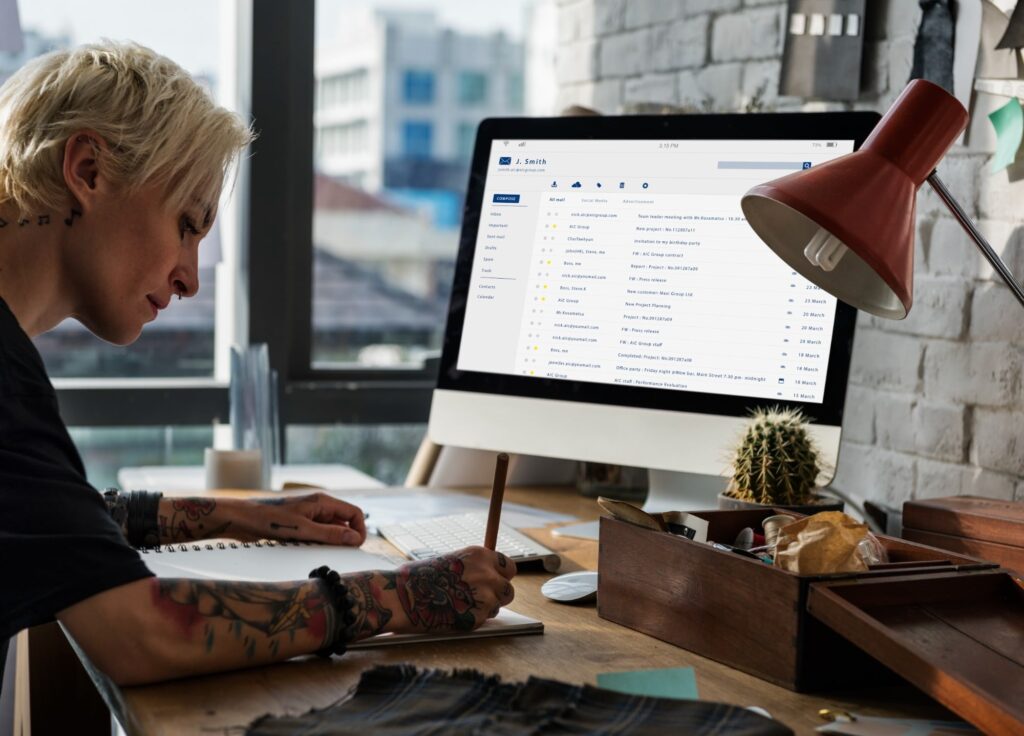Have you lost touch with an account/potential customer/email subscriber? Has a once-promising lead gone silent? Sending a breakup email might be the answer to…
Have you lost touch with an account/potential customer/email subscriber? Has a once-promising lead gone silent? Sending a breakup email might be the answer to drive FOMO and finally get a response to your email.
Marketers beware: there’s a huge chance for unsubscribers. A breakup email is an email sent to an unresponsive email recipient in an effort to re-engage the prospect. They are used by email marketers and salespeople to rule out prospects from further outreach.
There are three main reasons to send a breakup email:
While it’s tempting to send a one-size-fits-all breakup email, you want to craft messages for users based on their behavior. Factors you will want to consider are past opens, past replies, past purchases, participation in product demos, etc. You can use this past behavior to find patterns and apply the same logic to predict other actions they may take, such as filling out a form or answering a phone call.

Sales reps, sales development reps, and email marketers are all responsible for sending email messages to prospects and customers at different levels of the decision-making process. If you’ve worked in any of these worlds, you know these conversations can be very one-sided. Hubspot found that the average open rate across industries is 20.94%.
Both sales staff and marketing staff who send emails are carefully monitoring open rates, click-through rates, and response rates with email tracking solutions. If these key performance indicators drop too low they are forced to change their content and clean their email lists. Cleaning your list (removing unengaged subscribers) is necessary to protect email deliverability.
Cold sales outreach response rates are notoriously low. It’s common for a sales conversation to be one-sided and sales staff don’t want these conversations to go on forever.
Just like sales staff, email marketers don’t want to send emails that aren’t being clicked on or even opened. That’s where the breakup email comes into play. It’s the last move to close the sales opportunity or rekindle the conversation.

Remain grateful and helpful in your breakup email. Be careful that your sarcasm or humor doesn’t come off as critical or degrading. This email should be professional and allow you to leave the relationship on a positive footing. Remember this might just be goodbye for now.
In your breakup email, be gracious for their time. Thank them for the opportunity to speak to them and say that you’re “breaking up” with them out of respect for their time. You also want to potentially end the conversation by providing them with value. Send them resources to help them solve their biggest pain points or offer to perform a free audit related to your solution.

Timing and frequency are important when using breakup emails to re-engage, and it’s a move that should only be used once (especially if you choose to do a breakup email sequence). Your organization must decide when a customer is considered unengaged. This definition will likely differ based on whether the subscriber is “owned” by sales or marketing.
A cold prospect (someone who is unsubscribed) might be considered unengaged after a 7 email cold outreach sequence. An email subscriber might be considered unengaged after not opening 5 emails in a row, after not clicking on an email CTA for 2, or after a certain period without engaging with emails or making a purchase.
Breakup emails are goodbye messages and should be treated as such. If you send a breakup email to an unresponsive prospect, then put them right back into your email automation. It shows the recipient that it isn’t a real “threat”. If you aren’t ready to give up on a particular prospect/customer, do NOT send them a breakup email. If you send a breakup email, you should stop contacting or unsubscribe the prospect if they don’t respond.
All emails you send should be scannable and as short as possible without losing meaning. Your breakup email message body should be especially short and sweet. There’s no reason to beat around the bush.
It should tell them that you are ending communications with them, would like to do business with them if they change their mind, and provide them with value.

The subject line and preview text of your breakup email is crucial! Remember, you’re sending this email to someone who is rarely opening your emails or not opening them at all. So you must deliver the gist of your message in the inbox without them clicking.
You will want to follow email subject line and preview text best practices, but also be creative and focus on driving FOMO. Go to break up email subject lines are: “Should I stay or should I go now” and “It’s not you. It’s me.” We recommend avoiding breakup email templates, 80’s rock song titles, and cliches when writing your subject lines.

Breakup emails can be goodbye for now emails or goodbye “forever” emails. No sales rep or marketer in their right mind is going to refuse to do business with a customer because you sent them a breakup email. So realistically, neither email is a true goodbye forever.
But you can use a breakup email to set an expectation of which type of goodbye email it is. A goodbye for now email can be used to set up a new follow-up cycle. This type of email establishes that you will reach out again and when.
A goodbye forever email sets the expectation that you’re removing the person from your email list (whether they are a subscriber or a cold outreach prospect). That being said, it’s good practice to encourage the prospect to reach out if their needs change in the future.
Breakup emails are the last resort for sales reps and email marketers. For whatever reason, your subscriber or cold prospect hasn’t responded to your previous emails and it’s time for them to respond or be removed from your list. Although it’s written as a goodbye message, its goal is to keep the conversation alive. So put the same effort into this part of your sequence as the others because it might just be the message that catches your lead’s attention!
Copyright © 2017-2025 · Carbon Digital · All Rights Reserved.